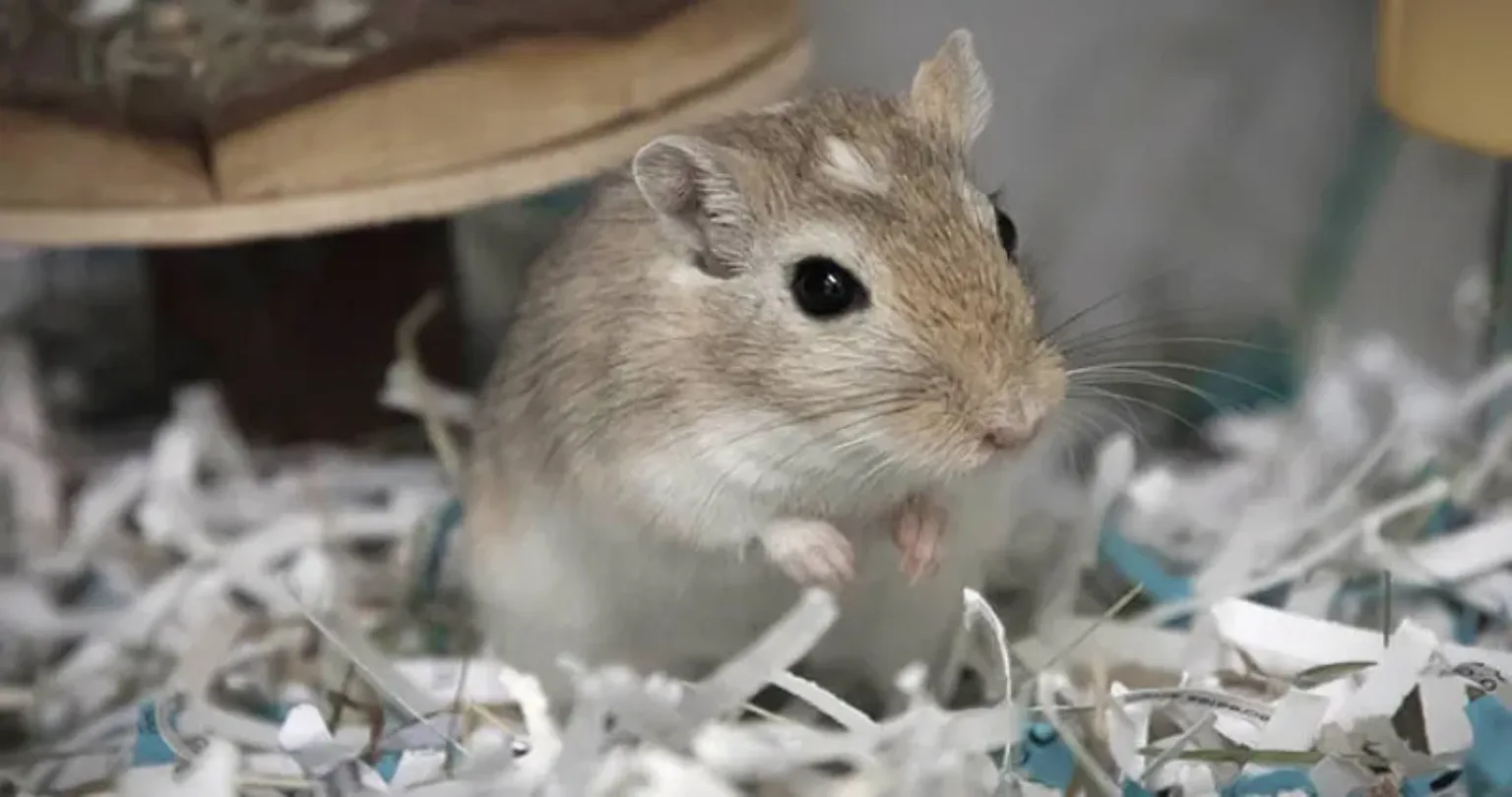Could you star in The Dog House?
If you're looking for a match, filming for the next series starts this Spring.

Gerbils are generally quite healthy animals – most of their illnesses come with age.
Make sure you find a vet who has chosen to specialise in small mammals to get the best possible care for your gerbils.
Gerbils generally live for between three and five years.
Parasites such as fur mites can be fairly common in gerbils who are housed on wood shavings or sawdust. If your gerbils are showing any of these symptoms of a parasite infestation, contact your vet:
When gerbils start to mature they can sometimes fight with each other. This can result in potentially serious and even fatal injuries.
Health check your gerbils regularly, paying attention to their legs and face – these are common areas for fight wounds. If you suspect your gerbil has a wound, change the bedding to towels to prevent infection.
Arrange to take your gerbil to the vet as soon as possible for antibiotics. If you are not able to get to your vet within 24 hours, clean the wound with salt water or diluted Hibiscrub to reduce the risk of infection.
Gerbils can occasionally develop tumours as they age, usually around three to five years of age. Tumors can grow very quickly because gerbils have a fast metabolic rate. Mammary tumours are the most common and are the most likely to be cancerous.
When you handle your gerbils, check for unusual lumps and bumps on their body. You may notice they have a gland under their belly, you don’t normally need to worry about this. If you’re at all concerned about lumps on your gerbils, take them to the vet.
Your gerbils’ teeth will continually grow, so make sure you provide them with a varied diet and plenty of things they can gnaw on, including safe fruit tree twigs.
Occasionally, gerbils can suffer with overgrown incisors (the front teeth). This is more common in gerbils that have been bred poorly or have been involved in an accident where they may have fallen with an impact.
Regularly check your gerbil’s teeth to make sure they remain a good length. They should be a light yellow colour, although they can be white when they’re very young.